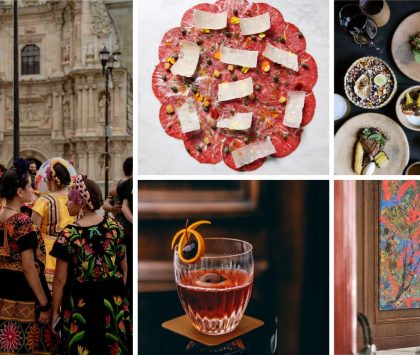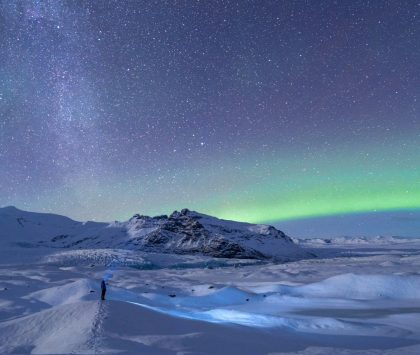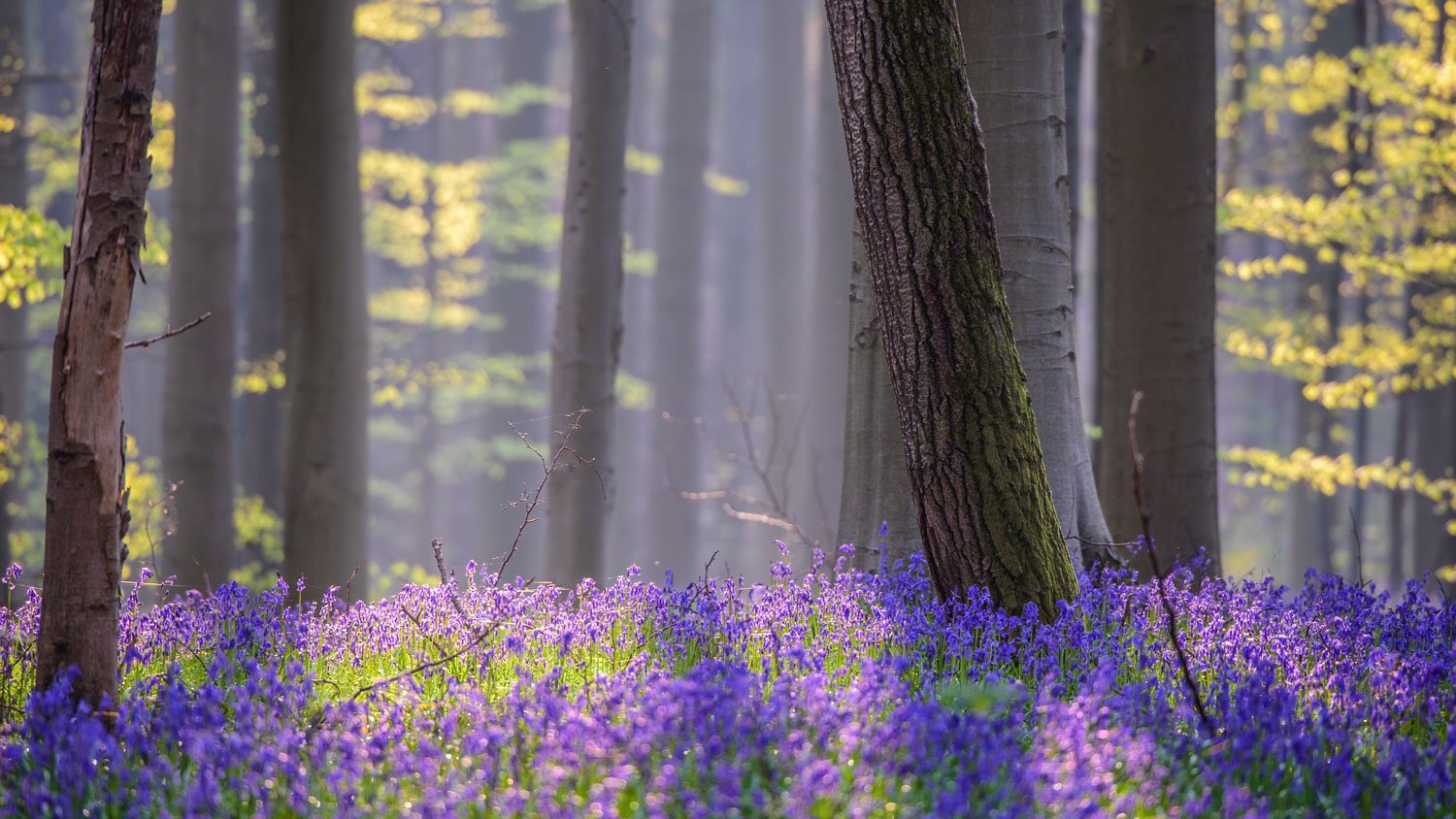
Spring is just around the corner and a captivating sign of the season is fields of enchanting flowers bringing colour to our lives, making us smile, and cheering up the most somber of moods. Flowers are single handedly one of nature’s greatest artistic creations, both practically and aesthetically speaking. Beauty may be subjective and judged personally in the eye of the beholder however, the stunning visual charm and appeal flowers possess is something we can all universally agree on.
We live on a planet where there are approximately 400,000 flowering species, whether tame and cultivated or growing wild and free. Fully defining their landscapes, each flower has their own individual importance, purpose and unique beauty. Flowers are the foundational source of food for thriving ecosystems, providing nourishment and sustaining life aside from blowing us away with their beautiful appearances and distinct fragrances.
There are many places you may expect and others you’ve likely not heard of with dense concentrations of specific and or a variety of blooms creating seas of colours sprawling as far as the eyes can see. Below, our editors have picked 7 places with world-class flower viewing which simply cannot fail to impress – whimsical blooms and pops of surreal colours urging you to let your imagination run as wildly as the wild blue hydrangeas in the Azores.
1. Lisse, Netherlands
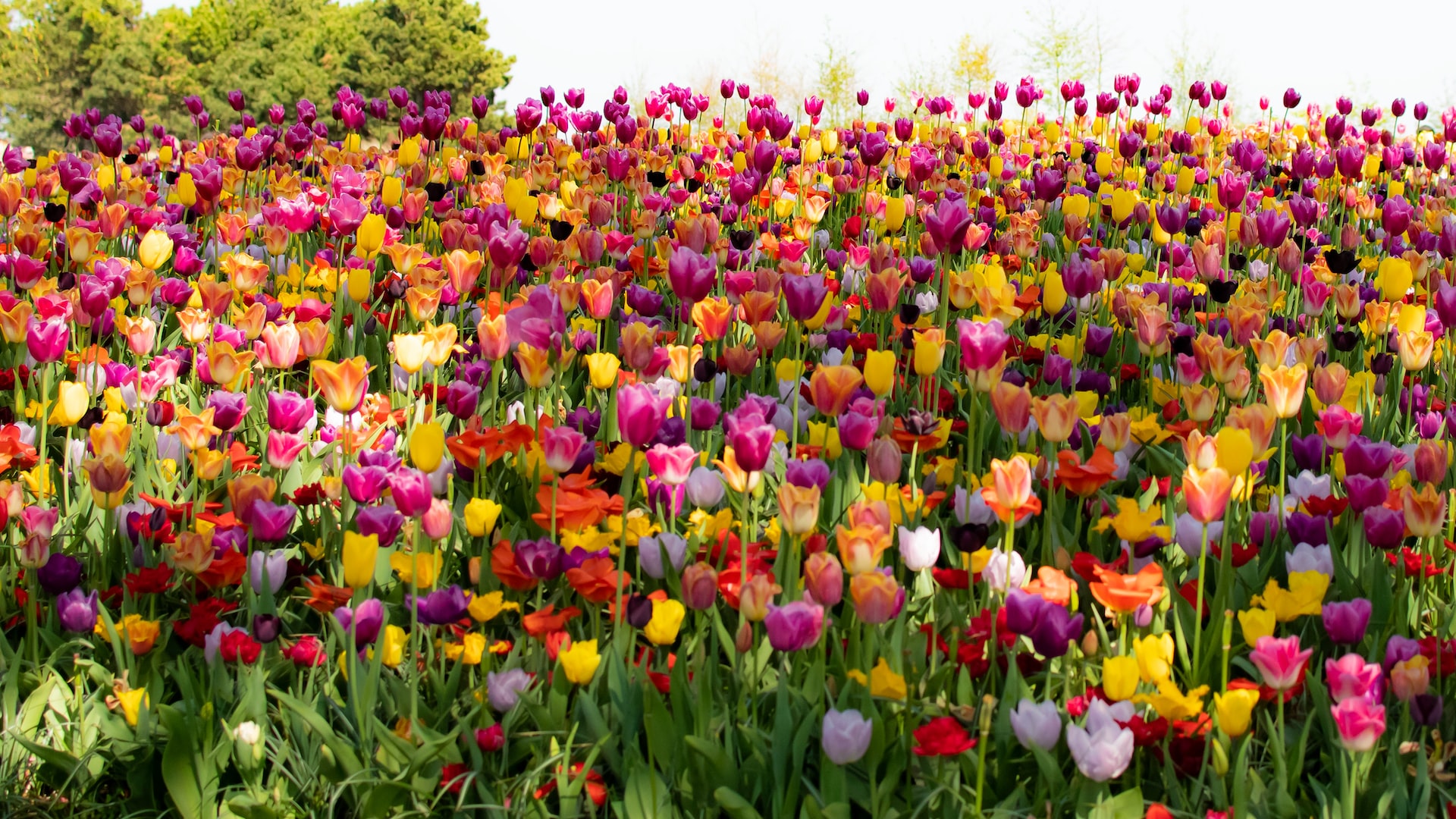
Tulips in Full Bloom, Lisse, The Netherlands. Photo by M Ashraful Alam
30 minutes from Amsterdam lies the town of Lisse and their famous Keukenhof Gardens which is the largest tulip garden in the world. Known as the “Garden of Europe,” Keukenhof plants about 7 million tulips annually and the bulbs are supplied by growers for free. 800 varieties of Dutch tulips sprawling over 80 acres makes for an abundance of colours forming a large blanket of blooms. Some of the tulip types which can be seen there are; West Point yellow tulips, dark pink China tulips and red Marielle tulips – in addition you will find daffodils, hyacinths, crocuses and lilies gracing the gardens too.
2. Ottawa, Ontario, Canada
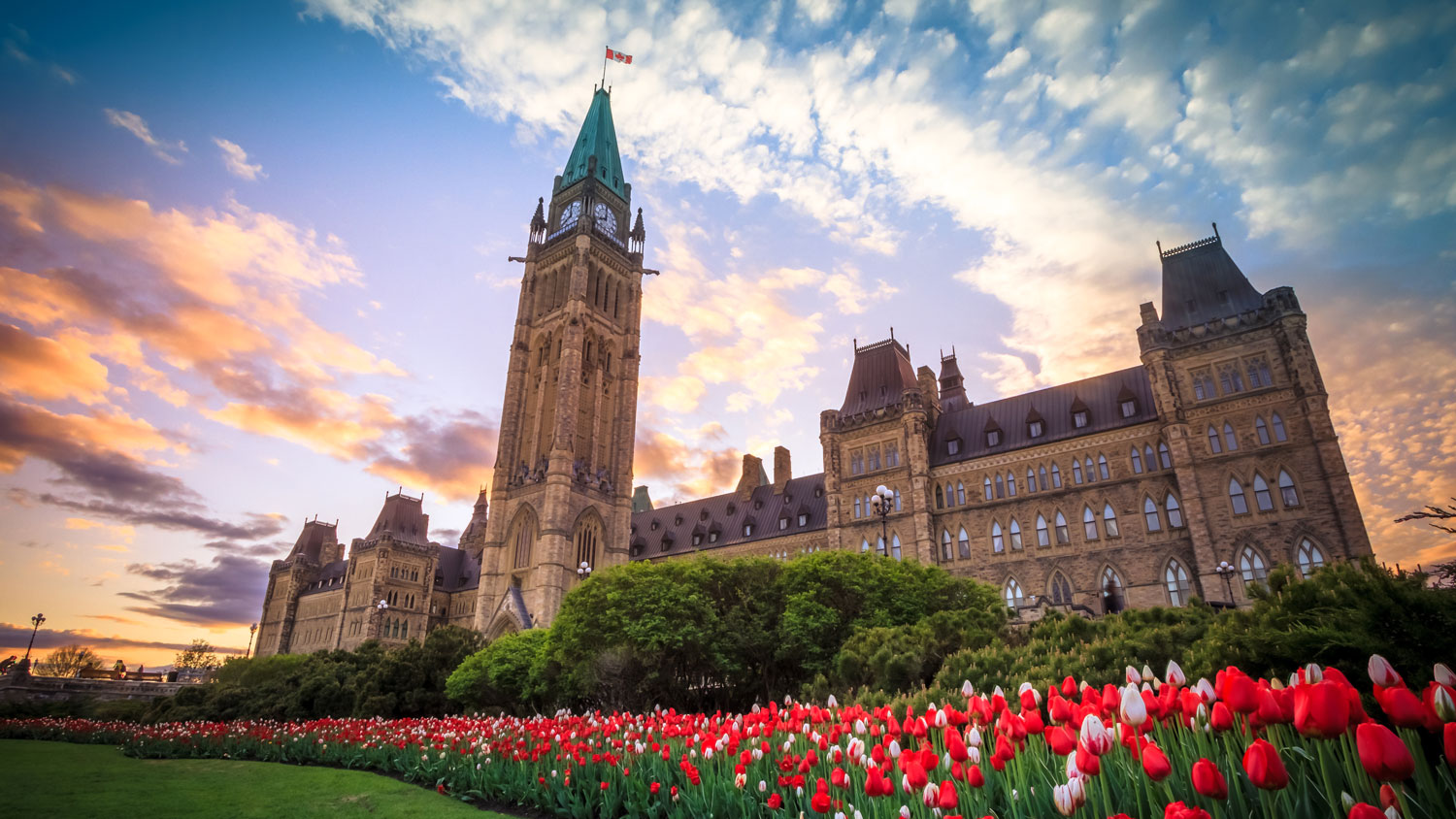
View of Canada Parliament building in Ottawa during tulip festival. Photo by Aqnus Febriyant
Ottawa is Canada’s capital region and home to North America’s largest tulip festival with over 1 million tulips planted each year. Every spring (in May) Ottawa is “taken over” by tulips framing bike paths, roads, around buildings, in Major Hill’s Park, Parliament of Canada structures and along the Rideau Canal. The most impressive displays of tulips are at Commissioners Park near Dows Lake. During WWII, Canada sheltered the Dutch royal family and as a “thank you” gift, the Netherlands had sent and continues to send 10,000 tulips every year, and to this day.
3. Lake Tekapo, New Zealand
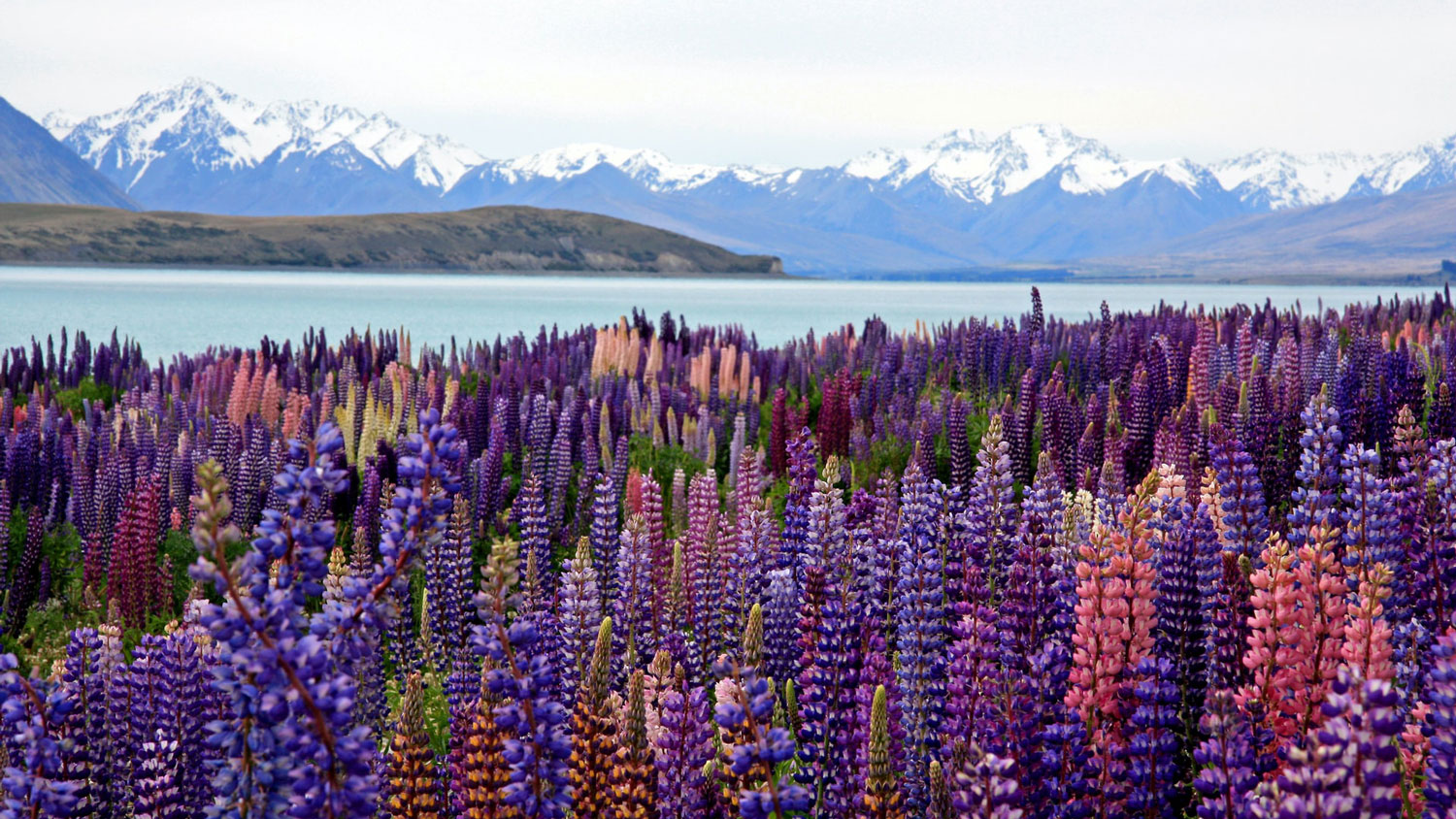
Colorful lupins put on a brilliant display on the shore of Lake Tekapo. Photo by Nareeta Martin
@splashabout
Lake Tekapo is one of the most substantially-sized alpine lakes on the northern edge of the MacKenzie Basin. Not only surrounded by breathtaking snow-capped mountains, this south island region of New Zealand is also blanketed with purple, pink and blue-hued lupin flowers which bloom between mid-November to December. The lupins can be spotted almost everywhere during this time, from the shores of Lake Tekapo to streams, canals, roads and highways. There is a small church built for pioneer families in the 1930s that sits atop a hill overlooking the field of vibrant flowers.
4. Azores, Portugal
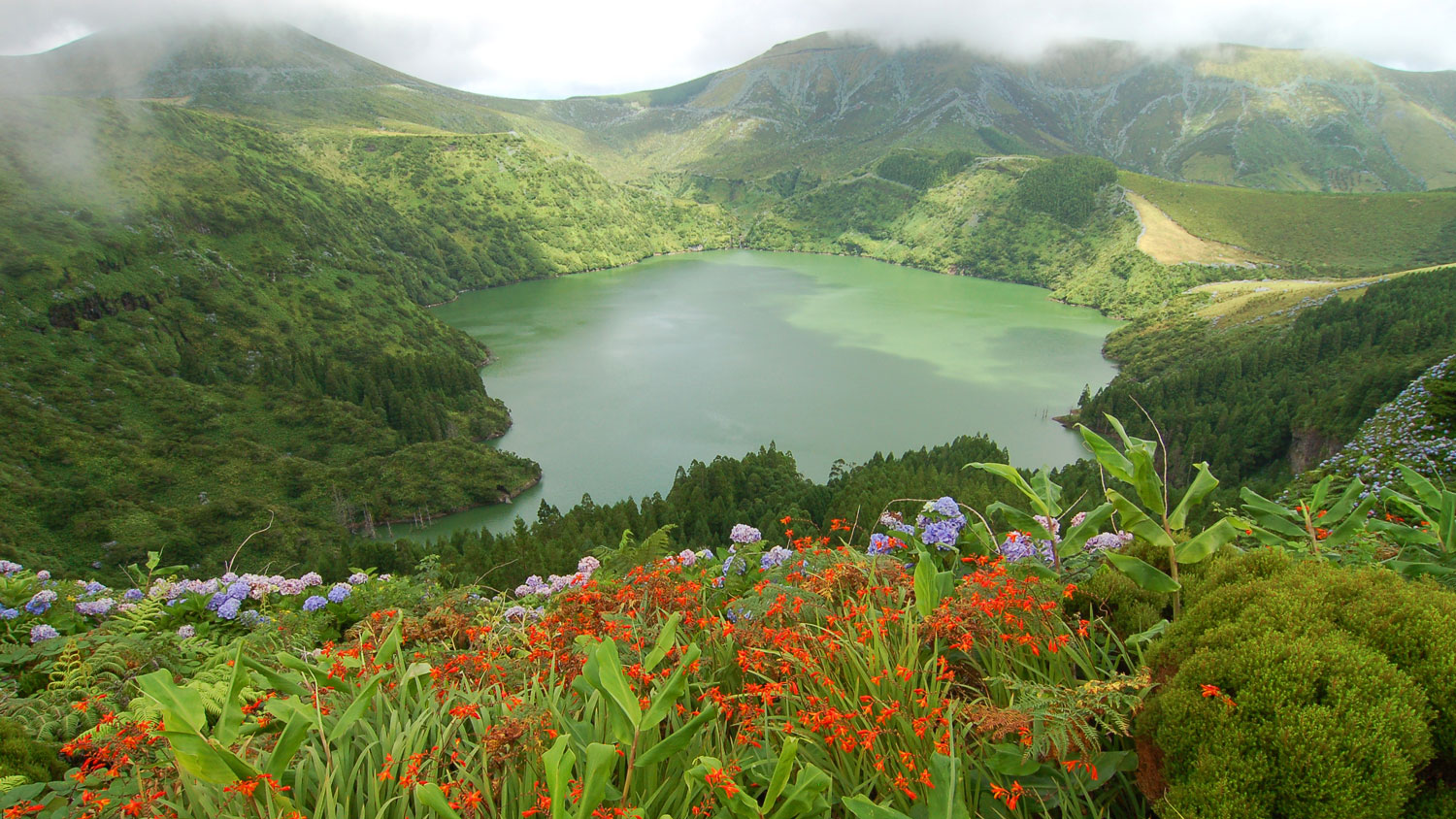
Photo by Edoardo Moretto
From July to August, the Island of Faial, nicknamed the “Blue Island,” is riddled with vistas of blue hydrangeas hailed as the most beautiful hydrangeas in the world. All over the island from national parks, streets, alongside steep ocean-side cliffs, beside rushing waterfalls and in the nooks, crannies and open spaces of villages, blue hydrangeas adorn almost every corner. Due to (what is considered recent) volcanic activity in the 1950s, the land had developed a more acidic and fertile soil which made this specific area in Portugal a perfect breeding ground for hydrangea growth. Hydrangeas here are rumoured to come back stronger and in more places with every year that passes.
5. Hallerbos, Belgium

Backlit bluebells at sunrise in the magical bluebell forest of Hallerbos Belgium. Photo by Petra Schneider
Only a quick 17 minute train ride from Brussels, there is an ancient forest with young sequoia trees (about 300-400 years old) spanning over 1360 acres. Starting mid-April and for approximately ten days, intense shades of violet and blue explode onto the forest floor consisting of millions of bluebells – this makes for an overwhelming sight (and smell) to behold. The secret to these fairytale-like blooms is timing, warm soil and the graciousness of the trees’ leafy canopies allowing enough sun in. It’s an off-the-beaten-track tourist experience with a magical environment incomparable to other parts of the world.
6. Umbria, Italy
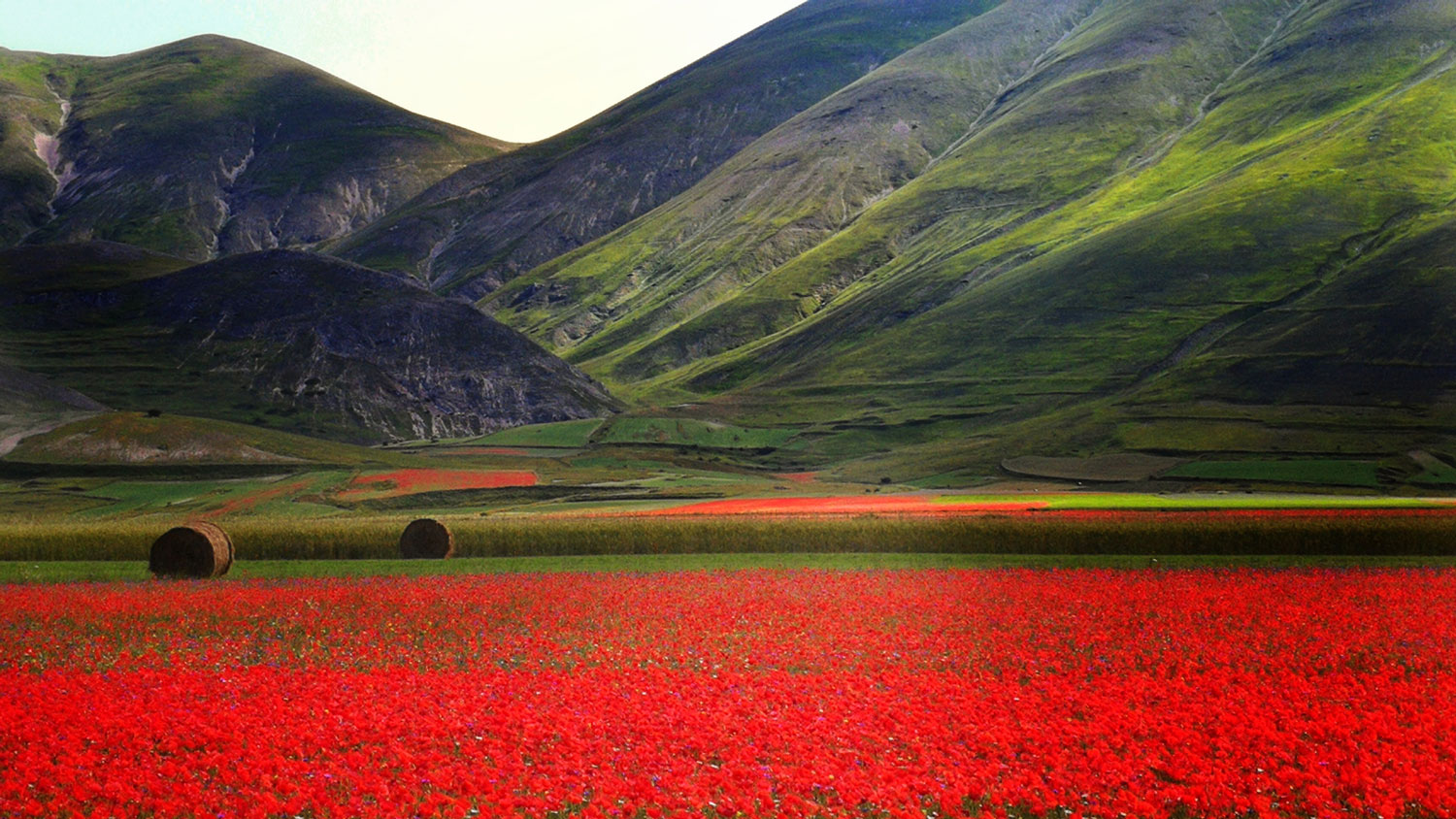
The Fiorita, the Flowering of Castelluccio di Norcia. Photo by Elena Sala @elly46
Castelluccio di Norcia is a town with an altitude of 1452 metres located on the top of a plateaued hill in the core of Valnerina inside Mount Sibillini National Park. During May – July, a mosaic of colours, known as La Fiorita, covers the land framed by the Sibillini Mounts. The view is divided into three plains because the plateau consists of three distinct sections. Shades ranging from one end of the rainbow to the other, here you will find orchids, white lentil flowers, tulips, red poppies, violets, wild mustard, blue cornflowers and yellow daisies. The Sibillini Mountains feature 37 different types of multi-coloured orchids – can you imagine?
7. Provence, France
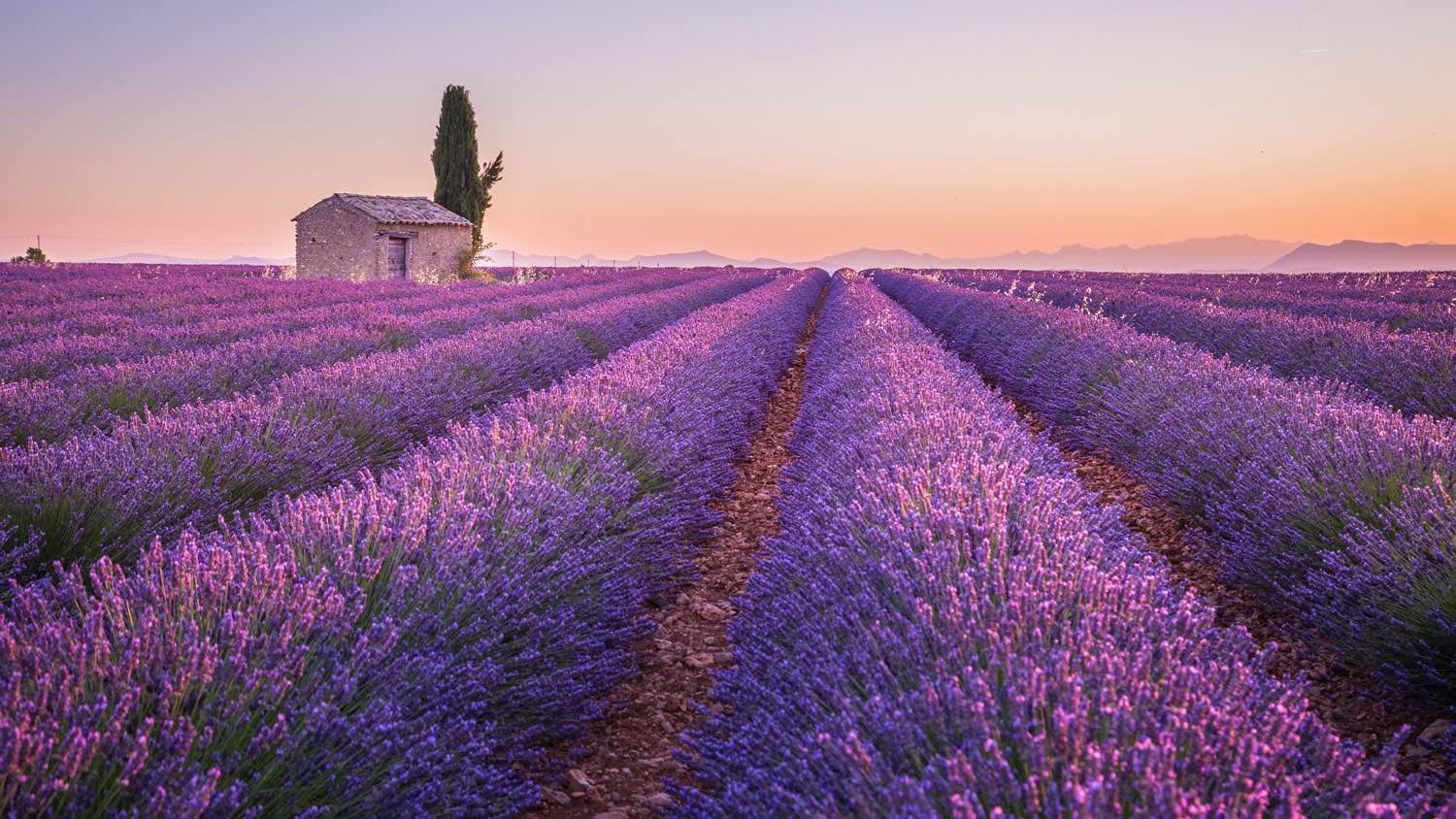
Provence, France.A Lonely house standing in a lavender field at sunrise. Photo by Stefano Termanini
Provence is widely known and referred to as the land of purple-flowered rolling hills buzzing with bees busy visiting thick rows of grouped and lush lavender bushes. The gloriously smelling lavender plant in Provence grows in two forms; one which appears May – July at a lower altitude and contains more oil per flower, the other which blooms at a higher altitude between June – August is known as the “real lavender.” The Lavender Route in Provence is a scenic drive to and through picturesque villages and surrounding the route are fields upon fields and rows of lavender that seem to go on for an eternity – especially in the summer when they are in full bloom.

